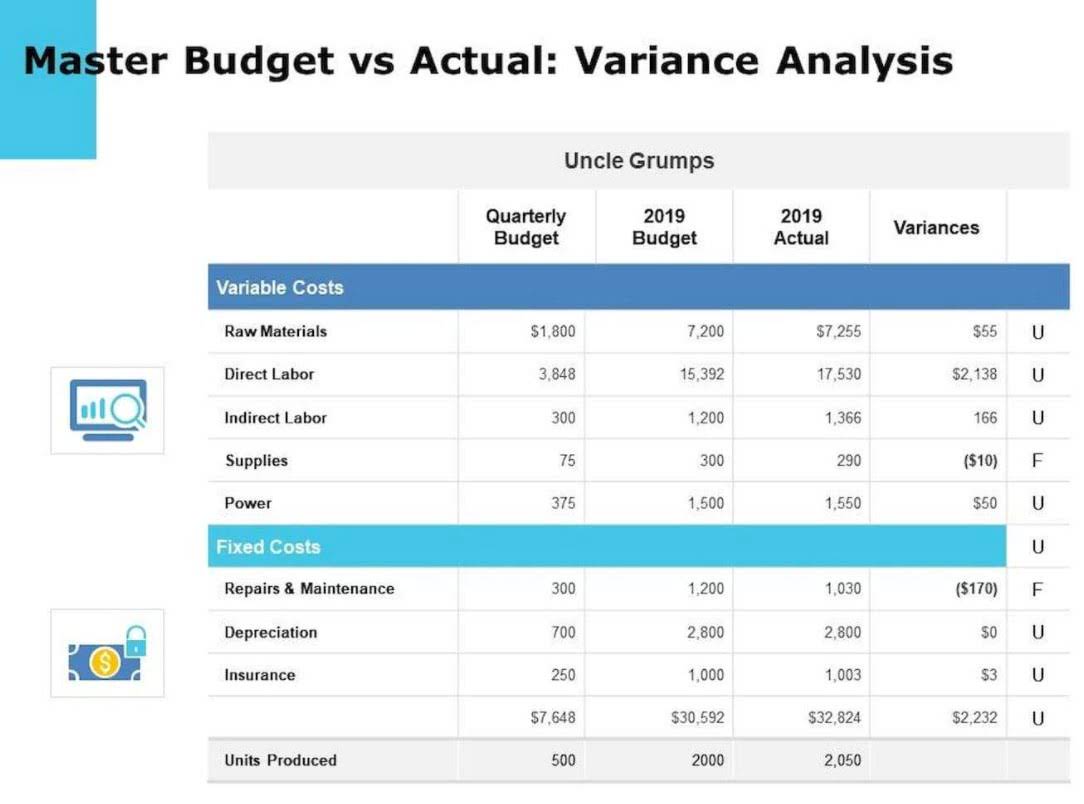
Depreciation is calculated using several methods, including straight-line, accelerated, and units of production. Straight-line depreciation is the most commonly used method in construction in progress accounting. It involves dividing the asset’s cost by its useful life and allocating an equal amount of the cost to each accounting period over the asset’s life. Moreover, auditors often scrutinize construction-work-in-progress accounts due to their susceptibility to manipulation. Companies might be tempted to delay transferring costs from these accounts to other asset categories, thereby artificially inflating profits.

Are you looking for a professional advisor for your business?
It’s the backbone of successful construction project management, providing the framework necessary to track, evaluate, and control costs throughout the lifecycle of a project. Construction-in-progress (CIP) accounting is the process accountants use to track the costs related to fixed-asset construction. Because construction projects necessitate a wide range of prices, CIP accounts keep construction assets separate from the rest of a company’s balance sheet until the project is complete. In the construction industry, managing project costs accurately is critical for financial transparency and long-term success. Construction-in-progress accounting plays a vital role in tracking expenses for projects still in development.
Upload the project budget using your own cost codes, and follow the financial progress in real-time
By using techniques like job costing and activity-based costing, companies can achieve more accurate financial insights and make informed decisions for growth. In the construction industry, revenue recognition is crucial for accurate financial reporting and maintaining investor confidence. One common method is the percentage-of-completion method, which recognizes revenue based on the project’s progress. This technique provides a realistic view of earnings and aligns revenue with the work completed. Another approach is the completed-contract method, which defers revenue recognition until the project is fully completed. This method is more conservative and suitable for short-term projects or situations with significant uncertainty.
Process of Construction Work-in-Progress Accounting Journey
Using inconsistent reporting periods, such as irregular intervals for generating WIP reports, can make it difficult to track progress and trends accurately. Consistent and regular reporting intervals are crucial to analyze the project data effectively and derive actionable insights. The WIP report plays an important role in project financial management, offering insights into project progress and financial health.
- QuickBooks can automatically download your bank and credit card transactions, saving you time and reducing errors.
- Here’s how you can use QuickBooks to manage your construction projects more efficiently.
- These tools can automate invoicing, track outstanding payments, and generate financial reports, thereby reducing administrative burdens.
- Essentially, a CFO plays a crucial role in guiding the financial strategy of a business.
- This account is only used while an asset is being constructed, after which the total cost is shifted to another fixed asset account.
- This method is ideal for projects where labor or specific tasks are the primary drivers of progress, and it can provide a more accurate reflection of completion when cost data is not as precise.
Check out eSUB’s new drawing management capabilities.

However, avoiding common mistakes is essential to ensure the accuracy and reliability of these reports. WIP reports help ensure that when invoicing clients, billings align with the work completed, reducing the risk Legal E-Billing of billing disputes and ensuring compliance with contractual obligations. Accountants do not begin tracking depreciation of construction-in-progress assets until the addition is complete and in service. As a result, the construction-work-in-progress account is an asset account that does not depreciate.
One of the primary benefits of WIP reports is their alignment with the percentage of completion method for revenue recognition. By tracking earned revenue based on project progress, companies can recognize revenue as work is completed, offering a more accurate representation of their financial performance. Upon project completion, the company transfers the CIP balance to the “Buildings” fixed asset account, and depreciation begins. When the project is completed, the accumulated costs move to the appropriate fixed asset account, such as “Building” or “Machinery.” Construction in progress includes all the costs that company spends such as material, labor, and others. They cannot capitalize on the fixed assets as well, the construction is not yet finished, so the total cost is also not yet measure reliable.

Hiring an experienced accounting team is the best way to ensure that your company maintains accurate, detailed, and up-to-date accounting books through every step of the construction process. Construction in progress accounting is one of the essential categories for construction firms to track. In this entry we will discuss what construction in progress accounting is, how to properly record it, and provide an example of what it may look like in your books. Once costs have been allocated, and meets the criteria for capitalization, it is added to the CIP asset account in the company’s general ledger. The cost is then amortized over the asset’s useful accounting life through depreciation expenses in subsequent accounting periods.
What Is Construction Accounting?

These jobs can be broken down into different stages, making it easier to track expenses and revenues per phase. For example, you can track materials, labor what is cip in accounting costs, and even subcontractor expenses, all tied to a particular project. These assets will be reversed to the actual fixed assets when the construction is finished and total costs are measured reliable. Critical financial metrics include job costing, work in progress (WIP), and percentage of completion. These metrics help monitor project expenses, track progress, and ensure accurate revenue recognition. This approach allows for matching the revenue earned with the expenses incurred during the same period, providing a more accurate picture of project profitability.
- Upon project completion, the CIP account is transitioned to the appropriate fixed-asset account.
- Construction-in-progress (CIP) is an account in which the costs incurred to build a fixed asset are stored.
- CIP accounting keeps construction expenses organized and distinct from daily operating costs.
- Business A receives a $100,000 bill from Builder’s Warehouse for construction materials.
- Recording these expenses as assets creates a complete record of capital investment throughout the project.
- Managing the financial intricacies of a construction business requires expertise, precision, and a deep understanding of industry-specific accounting practices.
QuickBooks gives you the tools to record, categorize, and track every penny spent, so you can easily identify areas where you may be overspending or underbudgeting. Before you start using QuickBooks in your day-to-day operations, it’s a good idea to review your setup and run a few test transactions. Check that your accounts are correctly linked, your job costing system is functioning properly, and your payroll settings are correct.

